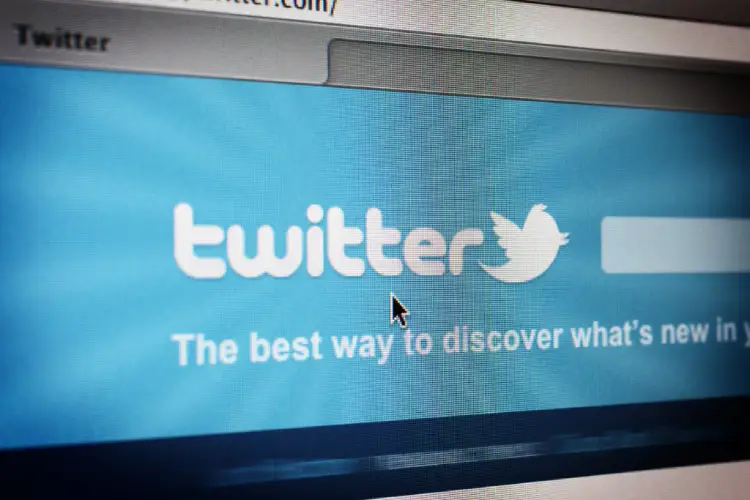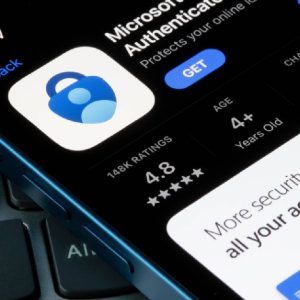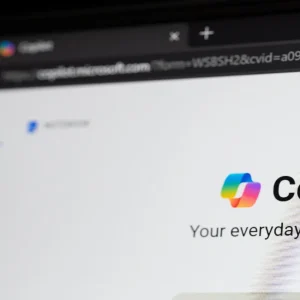
Billionaire tycoon Elon Musk has announced that he is rescinding his $44bn offer to buy Twitter, alleging the that social media platform is refusing to disclose how many users are fake. Twitter claims that fewer than 5% of the accounts on its network belong to bots – automated software agents posing as users – but Musk disputes this figure, alleging the platform’s management is hiding the true number.
Musk’s filing to terminate the deal is unlikely to go smoothly and there are questions as to whether it will be successful. Twitter appears to be preparing for legal action to force proceedings, with its legal team stating in a letter that it “has breached none of its obligations under the Agreement”.
The dispute reflects the difficulty of reliably identifying bots on Twitter, researchers told Tech Monitor, not least because there is no agreed definition of what counts as a bot. However, they added, Twitter could almost certainly do a better job of addressing bots on its platform.

How to spot a bot on Twitter
The term “bot” is used to describe various kinds of “inauthentic accounts”, according to the creators of Botometer, a tool which claims to be able to tell whether a Twitter account is run by a human or not. These include those that post automated updates, groups posting misinformation, and other fake profiles.
This makes it difficult to identify bots reliably. To show how difficult it can be to spot an inauthentic account, Botometer recently gave Musk’s own Twitter account a score of four out of five for “bot-like behaviour”, although on another day it only scored 0.5 out of 5.
Properly assessing the authenticity of a Twitter account currently requires a human reviewer, argues Mirco Musolesi, professor of computer science at University College London (UCL).
Using AI to identify bots would require a large sample of properly labelled training data, he explains. Training the AI would require a sample of around 50,000 randomly selected tweets that had been reviewed by an expert.
That would be expensive – although not impossible for a company of Twitter’s size, Musolesi says. “Even if you are talking £20m, that is negligible compared to the value of Twitter.”
Simply identifying Twitter bots is less of a challenge than assessing their objective, Musolesi adds. “The goal behind [a bot’s] posting is difficult to define,” Musolesi told Tech Monitor.
That means addressing bot-powered misinformation on the site is not as simple as spotting which accounts are automated. “These accounts are trying to influence the discussions that are happening on Twitter, but if you think about it the same thing might be said by ‘real’ people involved in the discussion on Twitter.”
Shi Zhou, associate professor at the Department of Computer Science at UCL, suggests that spotting a “bot” account can be as simple as looking at whether they interact with other accounts.
If they comment or reply to other posts then they are likely real, or at least controlled by a human, Zhou says. “Most bots aren’t designed to interact as they are designed to be one in a large number.”
How many Twitter users are bots?
In a company filing last month, Twitter said that fewer than 5% of its active users are bots. This would mean that there are no more than 11.5m bots on the social network.
Research by Zhou and his team have identified "millions" of Twitter bots. Many of them are very simple automated accounts, he explains. "People think bots use AI and are complicated, but most are primitive software," he explains. "They can still do a lot of harm, including spam attacks.
Not all bots are malicious, Zhou says, but the majority are. “The good and useful bots are a very small portion of the overall number," he says. "Most are malicious in some way."
Even seemingly innocuous bots could pose a threat, Zhou says. One Twitter botnet, known as the Star Wars botnet, has 300,000 bots hidden among the public accounts each tweeting quotes from Star Wars, he explains. "What are they waiting for? I think they are waiting for a day when they can make a one off hit."
Zhou says that when his team published its research identifying millions of bots, Twitter took no action. "I would have expected Twitter to contact us, but we heard nothing," he says. "A year after we published our paper around half of the bots we discovered were still there on Twitter."
"I don’t think Twitter is very worried about it," he says. "When they remove one million bots it is a loss of a million users, so there is no real demand."
This is also true of other social platforms, Zhou added. "You can detect bots and those hosting them don’t care really. So we’ve moved on to other topics.”
So how many Twitter users are bots? “My honest answer is I don’t know as it depends on the definition," says Musolesi.
Zhou agrees that any figure would be a guess but he is sceptical of Twitter's 5% estimate. "I don’t think they have any real evidence," he says. "They get it with a small sample size to find out how many are bots. But they sample active users and most bots won’t be currently active, or only tweet a small number."
Even so, 5% is cause enough for alarm, Zhou says. “If they find 5% from such a small sample of active users, that is very scary."






